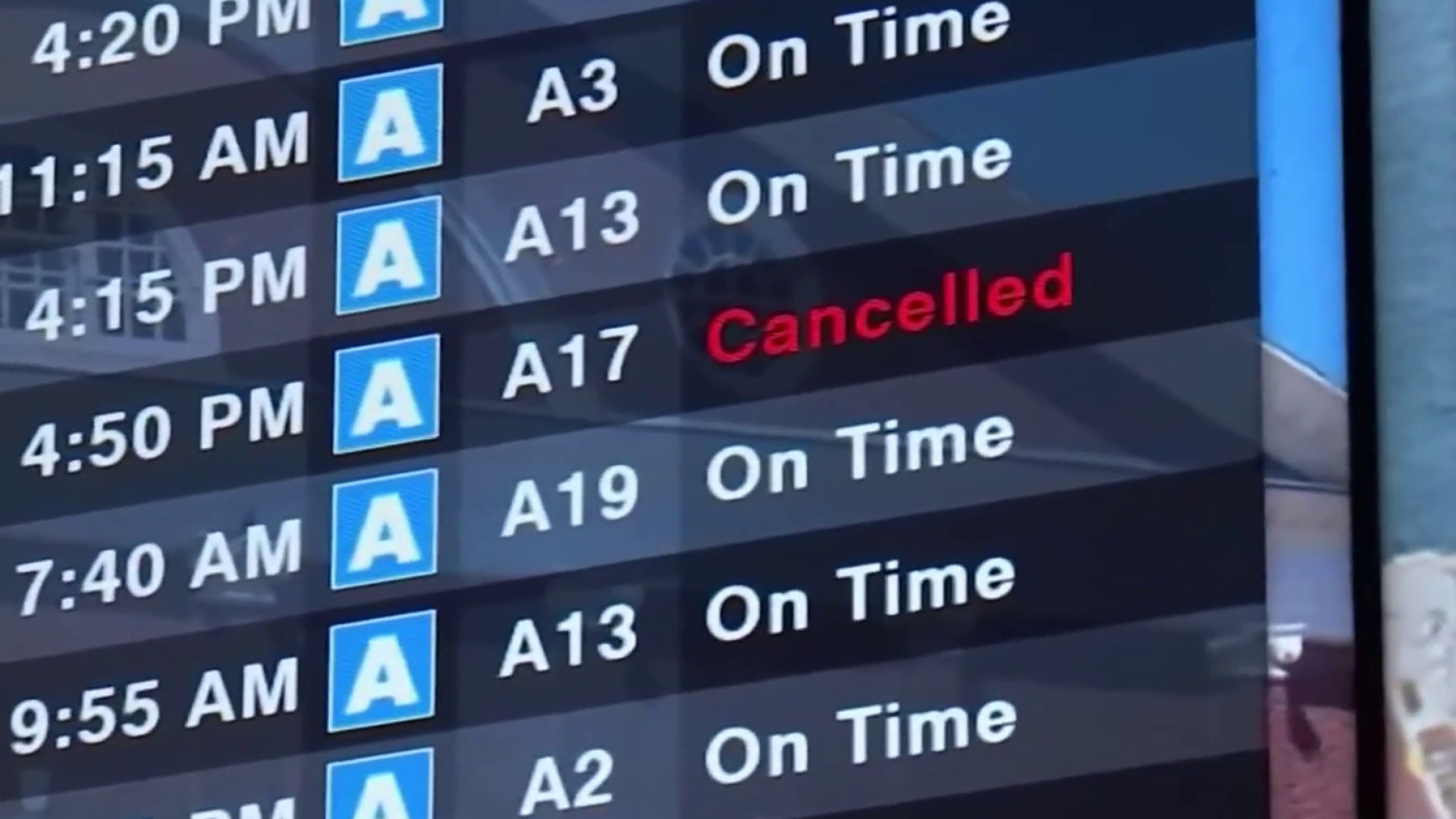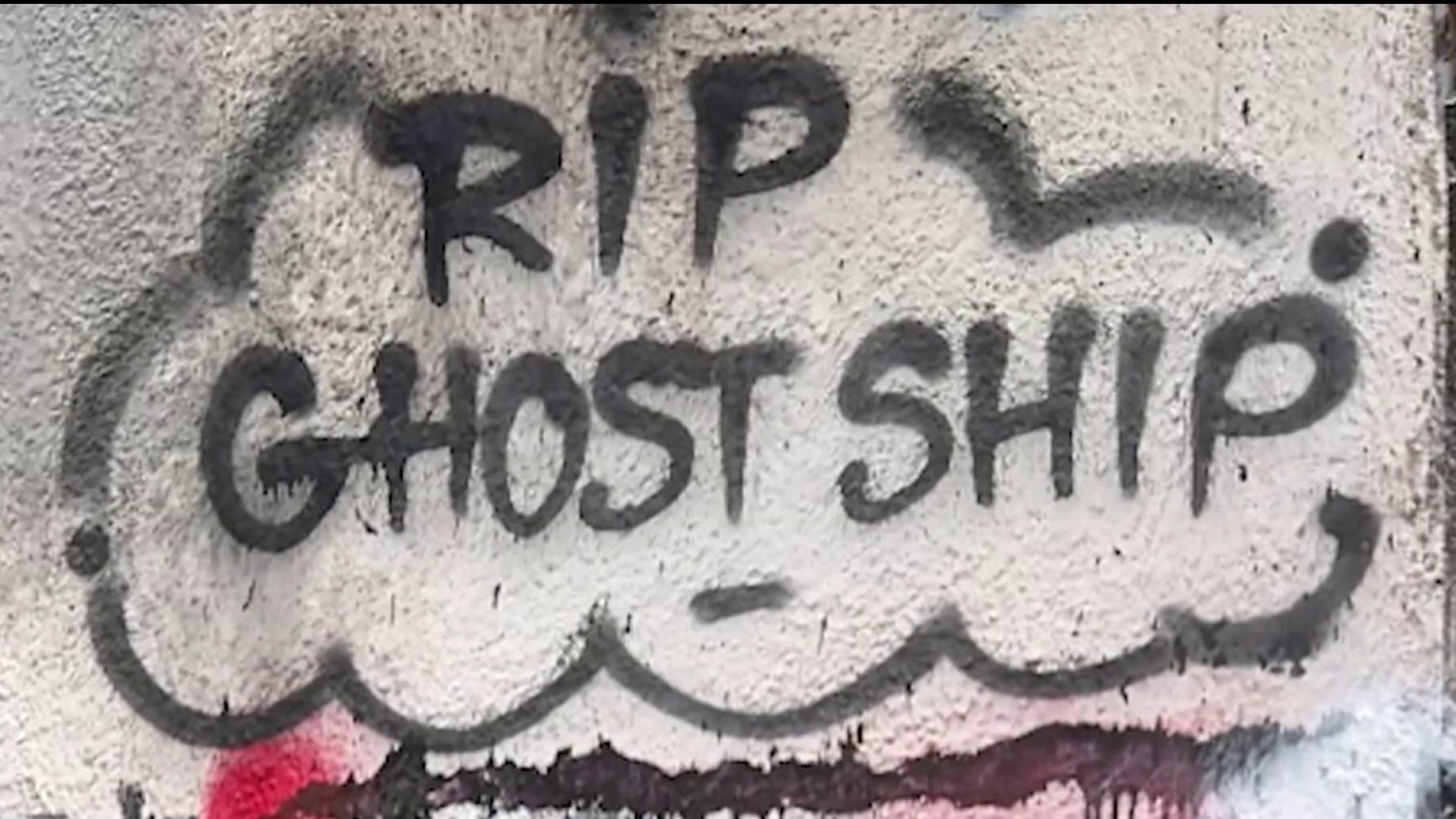Construction crews have already put up the frame on Cheri Sharp's new house, but she still questions whether rebuilding was the right choice after California's most destructive wildfire took her old home in wine country nearly a year ago.
She's had to dip into retirement savings to cover a $300,000 shortfall in her homeowner's insurance coverage.
"We just kind of thought we were taken care of," Sharp, 54, said about her insurance policy. "If I had to do it over again, I'd probably change my mind and move."
The wind-whipped wildfire that tore through Northern California in October 2017, killing 22 people and destroying more than 5,500 structures, left many people in Sharp's position: Underinsured and having to scramble for money to build a new home on their property.
Santa Rosa was the hardest-hit city, with entire neighborhoods burned to ashes. But as of late August, only nine of nearly 2,700 single-family homes lost here had been rebuilt, according to figures from the city's permitting office. Another 520 or so were under construction.
Many homeowners say they are locked in negotiations with insurance companies for additional money to cover the cost of building a home at the edge of the San Francisco Bay Area, where a technology boom has sent home prices skyrocketing. That, coupled with competition among neighbors for construction crews and materials, has left many homeowners hundreds of thousands of dollars in the red.
For Santa Rosa native Alex Apons, 34, the insurance shortfall on his home in the tidy Coffey Park neighborhood was $200,000. He and his wife wanted to stay because they had a baby on the way and both have deep family roots in the area. They used every insurance dollar they received to pay off the mortgage of their 4-year-old home that burned. There was nothing left for a down payment on construction.
"We had to drain our bank account," said Apons, now father to a 5-month-old boy, Etienne. "After everything is built, we're looking at a monthly payment on that loan that's $1,000 more than what our mortgage was before."
Aftermath of the Santa Rosa Fire
High resolution satellite imagery released in 2017 shows the extent of the fires that ripped through Northern California in October of that year.
Other fire victims are still torn by indecision that has kept them from committing to a rebuild — do they stay and bear the costs or start over elsewhere?
"The idea of leaving California is very hard, but on the other hand, I don't know if I can recover from all the trauma of it without removing myself from all the stimuli," said Katherine Gaynor, 67, also a former Coffey Park resident.
Besides the Santa Rosa blaze, several other major wildfires the same month took out thousands of homes elsewhere in Sonoma County and in neighboring Napa County. As of April, nearly two-thirds of those fire victims wanted to rebuild, but most had yet to settle insurance claims for their property and belongings, according to a survey by United Policyholders, a San Francisco-based nonprofit that helps people understand their insurance policies. Two-thirds of respondents reported being underinsured by an average of $317,000.
Insurance industry experts warn that many Californians whose homes have been destroyed in this year's wildfires also will discover their policies will not cover the cost of a new home, leading to similar rebuilding delays. So far in 2018, wildfires have scorched at least 1,000 square miles (2,600 square kilometers) in various parts of California. More than 1,200 homes have been destroyed, and nine people have died.
Insurance companies value homes using factors including their size, purchase price and the price of homes around them. Few homeowners update their policies annually to keep up with inflation, labor and material costs and home upgrades that increase the value. Insurance companies want to keep premiums low to compete with rivals and attract customers.
Local
When Apons' wife, Heather, called their insurance company this month to request a new homeowners' insurance quote, the agent provided a figure that would pay them $340,000 less than the current price tag to reconstruct their house. The agent said better coverage would raise their premium considerably, she recalled.
"I'm like, 'I don't care. I don't ever want to be underinsured again,'" she said.
After massive fires across Southern California over the past decade, the state Department of Insurance found that insurance companies often understated replacement costs to potential customers and omitted or misrepresented fees for permitting, architects, labor and zoning, California Insurance Commissioner Dave Jones said.
A false sense of security is common among the insured because most rely on insurance companies for details, said Amy Bach, executive director of United Policyholders, an advocacy group for insurance consumers.
"If anything, people suspect they're over-insured," she said.
Bach said out-of-town insurance adjusters often fail to properly value homes in the San Francisco area. In Sonoma County, property values increase about 10 percent every year, according to Pacific Union Real Estate, a leading real estate group in the region.
Jim Whittle, chief counsel for trade group the American Insurance Association, said it's up to consumers to make sure they have enough insurance. After mass catastrophes, "there's almost always going to be situations where people don't have quite what they wanted or expected," Whittle said.
Sharp and her husband, Paul, held hands on a recent morning as they surveyed construction of their new home on the Santa Rosa property where they raised their kids, held backyard parties and enjoyed the sunset. They know their use of retirement savings to fund the project will make it harder to live comfortably and travel as they age.
"Our life from here on out is very different going into our retirement years," Cheri Sharp said.



